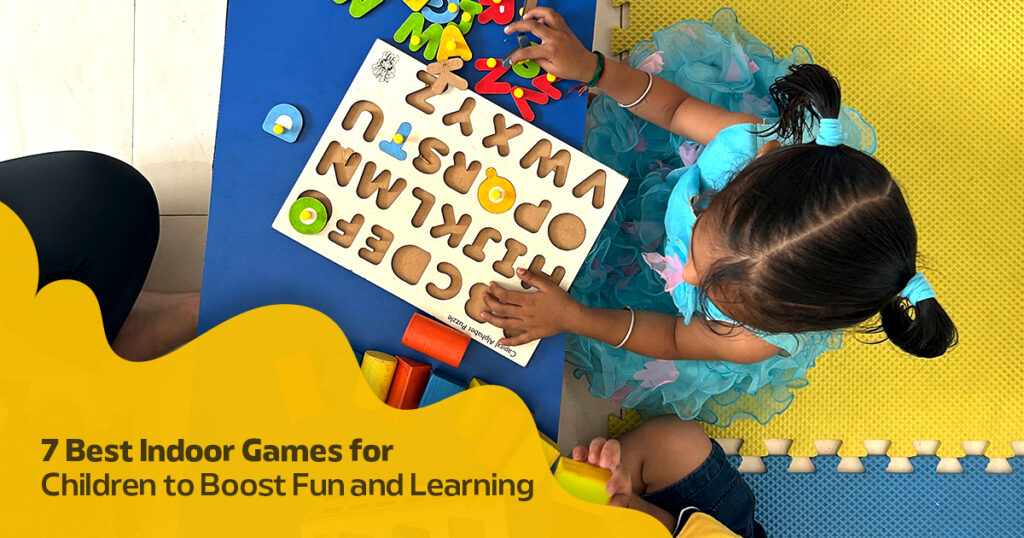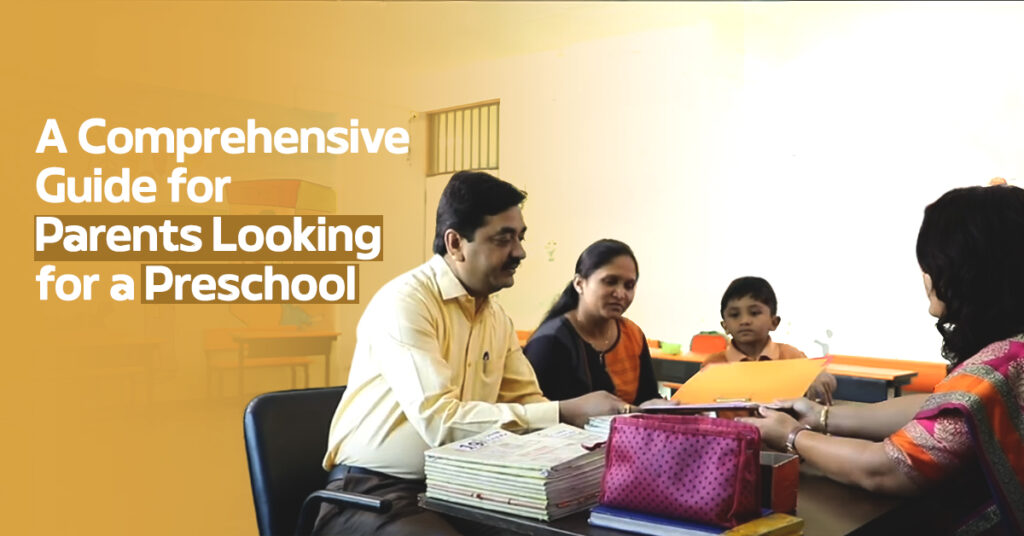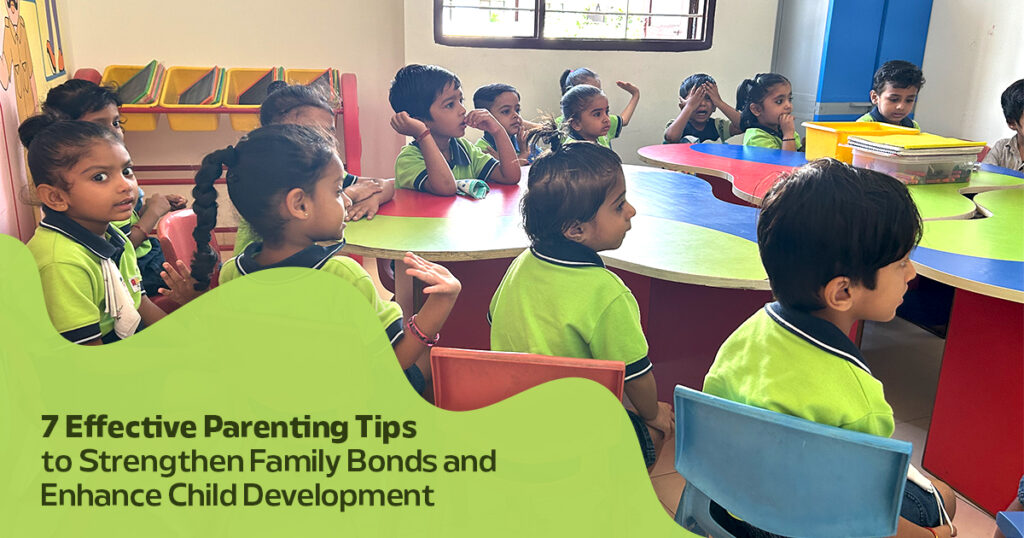Indoor games are a fantastic way to keep kids entertained while also promoting their cognitive, physical, and social development. Whether it is a rainy day or just a cosy family evening, these indoor games for children combine fun with learning, ensuring your little ones stay active and engaged. At Rangoli Preschool, recognized among the best play schools, we emphasize interactive activities as part of a well-rounded pre-primary education experience.
Here are the seven best fun indoor games that are perfect for children, along with tips to make these activities more enjoyable and impactful.
1. Treasure Hunt
A classic favourite, treasure hunts are an exciting way to spark curiosity and problem-solving skills. Hide small toys, candies, or notes around the house and create clues for your child to find them.
Why It Works:
- Boosts critical thinking and observational skills.
- Encourages teamwork when playing with siblings or friends.
- Combines fun with physical activity, making it one of the best games for kindergarteners.
2. Indoor Bowling
Set up a mini-bowling alley using empty water bottles as pins and a softball. You can even decorate the bottles to make the game more colourful and appealing.
Why It Works:
- Enhances hand-eye coordination and motor skills.
- Provides hours of entertainment and laughter.
- A top choice among entertainment indoor games for its simplicity and adaptability.
3. DIY Obstacle Course
Transform your living room into an adventure zone by setting up an obstacle course using cushions, chairs, and blankets. Add challenges like crawling under tables, hopping over pillows, or balancing on a line of tape.
Why It Works:
- Promotes physical fitness and agility.
- Improves problem-solving and planning abilities.
- Perfect for kids’ games that keep them moving indoors.
4. Simon Says
A timeless game, Simon Says is a fun and interactive way to teach kids how to follow instructions. One person acts as “Simon” and gives commands, and players must only act if the phrase “Simon says” precedes the instruction.
Why It Works:
- Enhances listening and attention skills.
- Develops reflexes and coordination.
- A popular activity in the best play schools, often used for group learning.
5. Memory Card Game
Create or purchase a set of cards with matching pairs. Lay the cards face down and take turns flipping over two at a time to find a match. The player with the most pairs wins.
Why It Works:
- Sharpens memory and concentration.
- Introduces friendly competition.
- An example of the best fun indoor games that mix learning with play.
6. Puppet Show
Encourage creativity and storytelling by hosting a puppet show. Use socks, paper bags, or store-bought puppets to create characters and put on a performance.
Why It Works:
- Builds confidence in speaking and expressing ideas.
- Fosters imagination and creativity.
- One of the most loved entertainment indoor games for younger kids.
7. Musical Chairs
Arrange chairs in a circle and play some upbeat music. When the music stops, children must find a seat. Remove one chair after each round until a winner remains.
Why It Works:
- Teaches kids about fair play and competition.
- Improves reflexes and coordination.
- Always a hit among indoor games for children at parties or group settings.
Read More: Why is pre-school education important for kids?
Benefits of Indoor Games for Children
Playing indoors does not just keep kids occupied; it offers several developmental benefits:
Cognitive Development
Games like Memory Match or Simon Says enhance focus, memory, and logical thinking.
Physical Activity
Indoor bowling or obstacle courses ensure children stay active, even when confined indoors.
Social Skills
Many kid’s games promote teamwork, communication, and healthy competition.
Emotional Growth
Creative activities like puppet shows boost confidence and emotional expression.
Tips to Make Indoor Games More Fun
- Add Themes: Incorporate seasonal or holiday themes to make games more exciting. For example, create a Halloween-themed treasure hunt.
- Rotate Activities: Keep things fresh by introducing new games or modifying old ones.
- Get Involved: Join your child in the games. Parental involvement strengthens bonds and makes the experience more enjoyable.
- Encourage Creativity: Let children come up with their own rules or versions of the games.
Why Indoor Games Matter in Pre-Primary Education
Indoor games form a vital part of pre-primary education, as they blend learning with play. Schools that focus on holistic development, like those offering kindergarten admission in Gujarat, incorporate a variety of indoor and outdoor activities to engage children. By participating in these activities, children develop essential skills that prepare them for future academic and personal challenges.
Choosing the Right School for Holistic Growth
The best play schools emphasize the importance of balancing structured learning with playful activities. By offering a range of indoor games for children, these institutions ensure that kids enjoy their early years while building a strong foundation for learning. When looking for a school, prioritize those that value the role of play in fostering growth and development.
Conclusion: Indoor Games for Fun and Learning
Incorporating the best fun indoor games into your child’s routine is a simple yet effective way to promote their overall development. Whether it is a treasure hunt, memory card game, or puppet show, these activities encourage creativity, physical fitness, and cognitive growth.At Rangoli Preschool, one of the best play schools in Gujarat, we understand the value of play in shaping young minds. By blending fun and education through engaging indoor games for children, we prepare them for a bright and confident future. So, get creative, get involved, and watch your child thrive through the joy of play!



